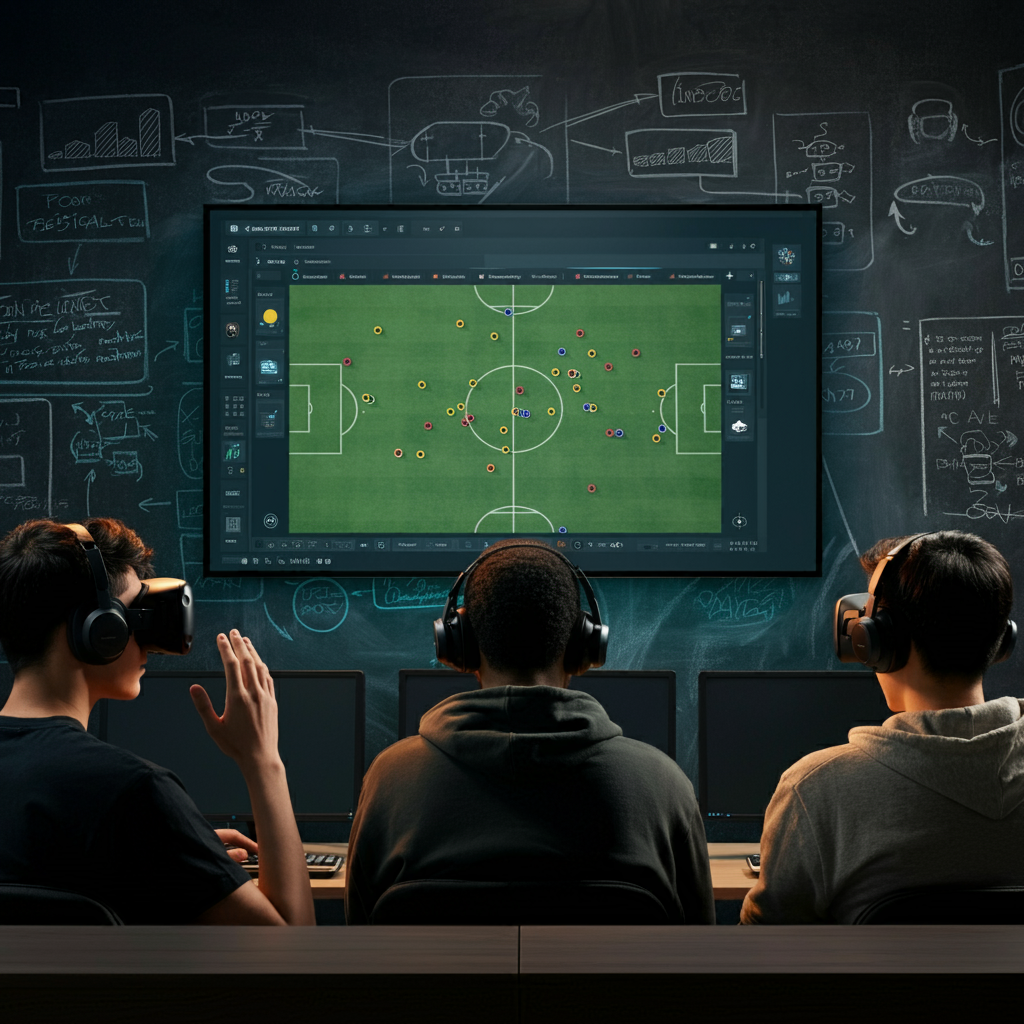Virtual reality (VR) is significantly transforming game replay analysis and tactical reviews, offering innovative tools and perspectives that enhance how players and coaches evaluate performance. This technology’s immersive capabilities provide a fresh approach to reviewing and improving gameplay, setting a new standard for strategic analysis in competitive gaming.
Traditionally, game replay analysis involves reviewing recorded footage from a flat-screen perspective, which can limit the depth of understanding and insights gained. VR, however, introduces a three-dimensional environment where replays can be experienced as if the player were in the midst of the action. This immersive perspective allows analysts to view gameplay from multiple angles and vantage points, providing a more comprehensive understanding of in-game events. By stepping into the virtual space where the action took place, players and coaches can better grasp the dynamics of each play, observe player positioning, and analyze movement patterns with greater clarity.
One of the key advantages of using VR for replay analysis is the ability to interact with the environment in real-time. Analysts can pause, rewind, and explore specific moments of gameplay from different angles, providing a more nuanced view of critical situations. This interactivity allows for a deeper examination of strategic decisions, positioning errors, and tactical executions. For instance, coaches can dissect a failed team strategy by re-entering the virtual environment and observing how different approaches might have altered the outcome.
Additionally, VR enhances the effectiveness of tactical reviews by enabling players to visualize and simulate various strategies within a three-dimensional space. Instead of relying on two-dimensional diagrams and verbal explanations, players can immerse themselves in a virtual replica of the game environment. This hands-on approach facilitates a more intuitive understanding of how strategies will play out in practice. Players can experiment with different tactics, movements, and formations, allowing them to see firsthand how their decisions impact the overall game flow.
The ability to engage in VR-based replay analysis also aids in identifying patterns and trends that may not be evident through traditional methods. By reviewing multiple replays in an immersive environment, analysts can spot recurring issues or successful strategies that contribute to a team’s performance. This pattern recognition can lead to more targeted improvements and informed adjustments to game plans. For instance, if a particular strategy consistently results in positive outcomes, it can be refined and incorporated into future games.
Furthermore, VR replay analysis supports collaborative reviews, where multiple team members or coaches can engage in a shared virtual space. This collaborative approach enhances communication and discussion, allowing for real-time feedback and collective strategy refinement. Team members can discuss observations, propose adjustments, and test new strategies together, fostering a more cohesive and informed approach to competitive play.
As VR technology continues to advance, its impact on game replay analysis and tactical reviews is expected to grow. Future innovations may introduce even more sophisticated tools and features, further enhancing the depth and effectiveness of analysis. The integration of AI and machine learning within VR environments could provide additional insights and automated analysis, offering a more comprehensive understanding of gameplay dynamics.
In essence, VR is revolutionizing game replay analysis and tactical reviews by providing immersive, interactive, and detailed perspectives on gameplay. This technology enhances how players and coaches evaluate performance, refine strategies, and improve overall game execution. As VR continues to evolve, its role in shaping competitive gaming strategies will become increasingly integral, offering new opportunities for in-depth analysis and tactical advancement.

